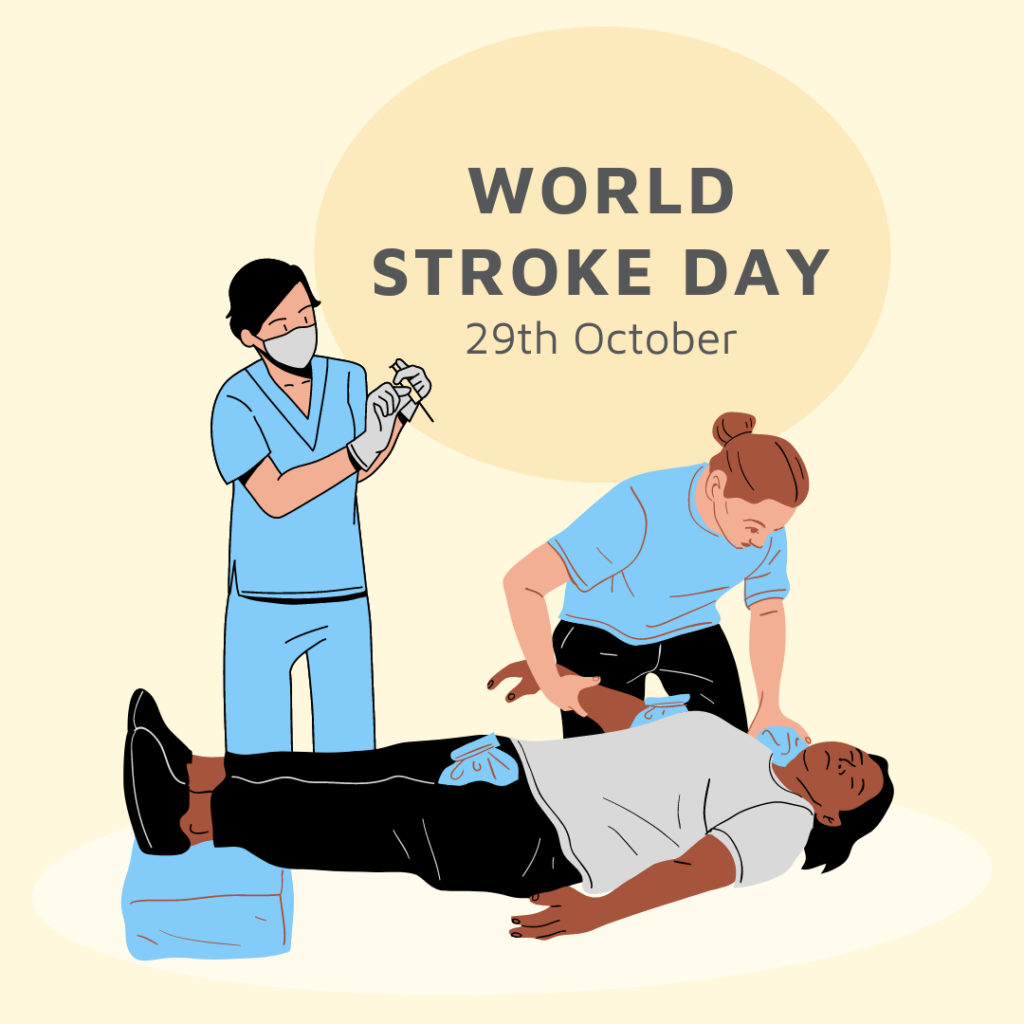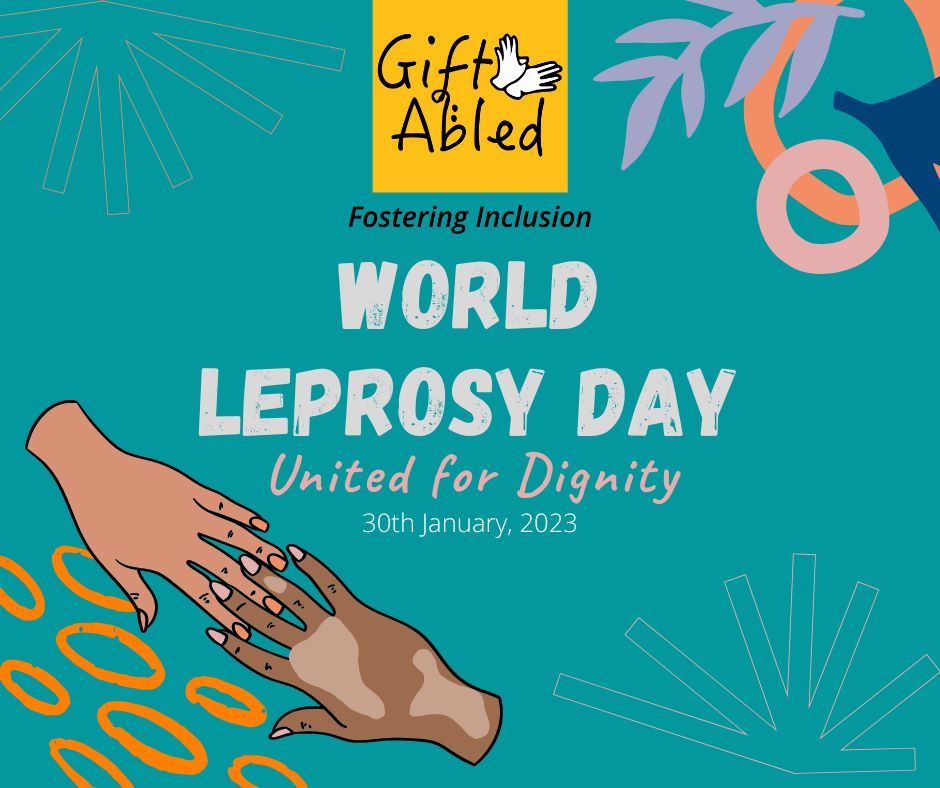
Autism may affect all aspects of a child’s life, which is a common disorder among 3–8 aged children.
Genetic, nutrition, and environmental factors have each been implicated as sources of risk for autism.
Oxidative stress, including low plasma levels of the antioxidant glutathione, has been reported by
numerous autism studies, which can disrupt methylation-dependent epigenetic regulation of gene
expression with neurodevelopmental consequences. The risk of autism is generally acknowledged to
reflect both genetic and environmental factors. In fact, autism spectrum disorder (ASD) is a complex
neuro developmental disorder, with multiple genetic and environmental risk factors; therefore, the
interplay between genetic and environmental factors has become the subject of intensified research in
the last several years. Vitamin D deficiency has recently been proposed as a possible environmental risk
factor for ASD. Vitamin D has a unique role in brain homeostasis, embryogenesis and
neurodevelopment, immunological modulation (including the Brain’s Immune System), antioxidation,
anti-apoptosis, neural differentiation and gene regulation. Children with ASD had significantly lower
serum levels of 25-hydroxy Vitamin D (25(OH) D) than healthy children. Therefore, Vitamin D deficiency
during pregnancy and early childhood may be an environmental trigger for ASD.
Vitamin D deficiency is a major health problem noticed in many parts of the world. It is not restricted to
sunshine-limited regions of the globe. It is still commonly seen in sunshine-rich areas such as Asia-
Pacific, Africa and Middle East regions. There are several studies indicating Vitamin D deficiency is quite
common among mental health children, pregnant women, asthmatic children and diabetic children. Any
theory of autism’s etiology must take into account its strong genetic basis while explaining its striking
epidemiology. The apparent increase in the prevalence of autism over the last 20 years corresponds
with increasing medical advice to avoid the sun, advice that has probably lowered Vitamin D levels and
would theoretically greatly lower activated Vitamin D (calcitriol) levels in developing brains.
Although autism has a significant genetic component, it is primarily diagnosed through behavioral
characteristics. Diagnosing autism has been formalized with instruments carefully designed to measure
impairments indicative of autism in three developmental areas: language and communication, reciprocal
social interactions and restricted or stereotypical interests and activities. One of the most widely used
instruments is the Autism Diagnostic Observation Schedule-Generic (ADOS). The ADOS consists of a
variety of semi-structured activities designed to measure social interaction, communication, play and
imaginative use of materials. The exam is divided into four modules, each geared toward a specific
group of individuals based on their language and developmental level, ensuring coverage for a wide
variety of behavioral manifestations.
Reference: Is high prevalence of Vitamin D deficiency evidence for autism disorder? In a highly
endogamous population. Abdulbari Bener, Azhar O. Khattab , and Mohamad M. Al-Dabbagh






About The Author: Swati
More posts by Swati